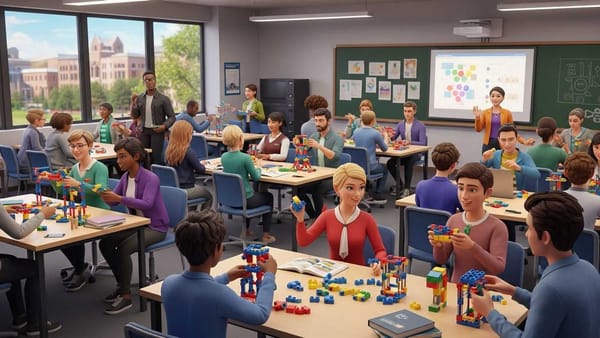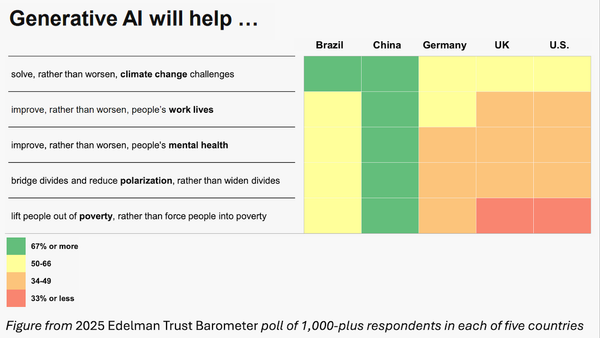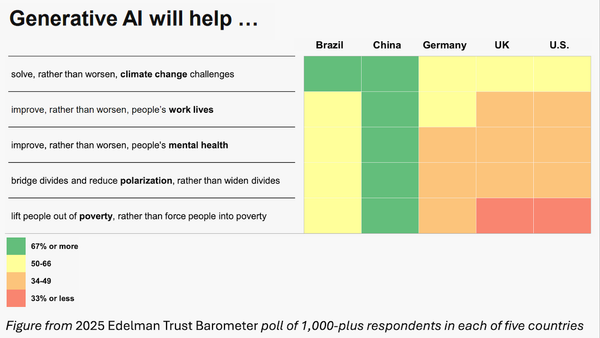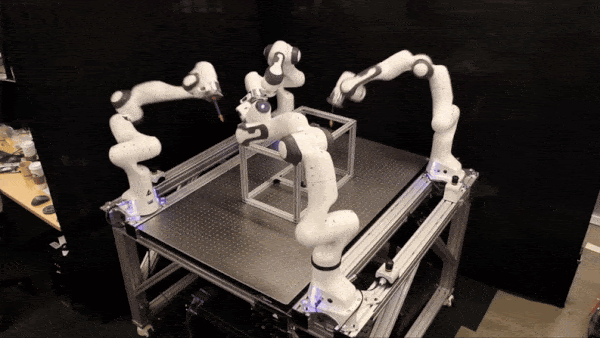Automatic Annotation
A new tool promises to speed up the laborious process of annotating computer-vision training data.
A new tool promises to speed up the laborious process of annotating computer-vision training data.
What’s new: Curve-GCN estimates object outlines and lets you tweak them for a tighter fit. The tool is much faster than other approaches, according to researchers at the University of Toronto, Vector Institute, and Nvidia.
How it works: You start by drawing a bounding box around an object. Then Curve-GCN outlines the object’s perimeter automatically.
- You can drag the outline into a more precise location, and the tool will recalculate the line. The process takes only a few seconds. See this video.
- The tool was trained on the data set of urban scenes known as Cityscapes.
- Nonetheless, it does well with general scenes, aerial imagery, and medical imagery.
Why it matters: Annotating data can be sheer drudgery, and labelers need all the help they can get. Curve-GCN offers high precision with an appealing combination of automation and human-in-the-loop control.
Bottom Line: The new tool could save so much time that data wranglers are able to amass larger sets of labelled images. That could make for faster, more effective training.




